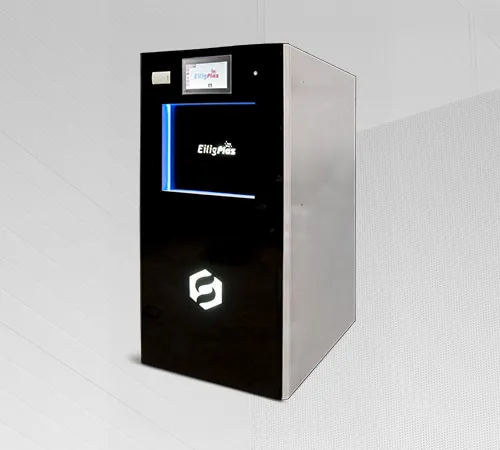Clinical Chemistry Solutions
The Heartbeat of Pathology Labs. A biochemistry analyzer is one of the essential items of equipment in any contemporary pathology laboratory, supplying the crucial data for a wide variety of diagnostic tests. Analyzers of clinical biochemistry are applied for the determination of the concentration of essential substances contained in fluids such as blood, serum, and urine.
Test results are precious when it comes to the diagnosis and management of disease, from diabetes and liver disease through to kidney damage and heart disease. Uses are diverse, from general chemistry to protein chemistry, toxicology, and therapeutic monitoring of drugs.
The advantages of a clinical biochemistry analyzer to a pathology laboratory are enormous.It allows the lab to process large numbers of samples efficiently, with multiple tests being performed on a single machine. These analyzers undergo automated functions that reduce the chances of any errors by a human being, and also provide consistent, precise, and reproducible outcomes.

Pathology laboratories can ensure maximum productivity and significantly cut turnaround time by implementing these systems in their activities, delivering error-free, reliable information to clinicians so they can make viable clinical decisions faster and informed.

